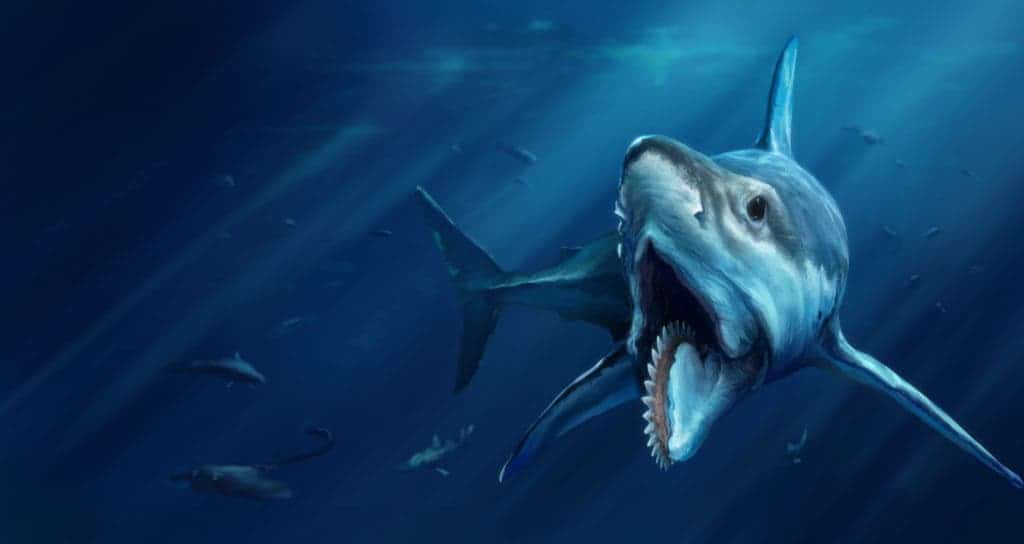
Trees as we familiarly know them today — a primary trunk, large height, and crown of leaves or fronds — didn’t appear on the planet until the late Devonian period, some 360 million years ago. You might be surprised to learn that sharks are older than trees as they’ve been around for at least 400 million years.
Sharks have been around truly for a very long time, proving their resilience. They’ve survived all five global mass extinctions that wiped off 80% of the planet’s megafauna out of existence. In the worse such event, 251 million years ago, as many as 95% of species were killed.
Tracing the evolution of sharks can be frustrating. Because they have a cartilaginous skeleton, only a few body parts can be preserved as fossils, making it difficult to understand what ancient sharks were like.
That’s not to say that we don’t have much to work with. Universities and museums have in their collections thousands of fossil shark scales, which are considered the most abundant of vertebrate microfossils. The most well-preserved shark fossils, however, are the teeth.
The earliest shark teeth are from early Devonian deposits, some 400 million years old, in what today is Europe. These teeth are less than an inch in length (3-4 millimeters) and belonged to an ancient shark known as Leonodus. Its double-cusped teeth suggest Leonodus may have belonged to a family of freshwater sharks known as xenacanths.
Much older shark scales have been found, though. The oldest shark-like scales date back to the late Ordovician Period, about 455 million years ago, from what is now Colorado. Such scales are different from those featured by modern sharks leading many paleontologists to dispute that these truly belonged to sharks.
The oldest undisputed shark scales are about 420 million years old, from early Silurian deposits in Siberia. These diminutive survivors of prehistory have been assigned to the genus Elegestolepis, but we have no clues about what the rest of the shark might have looked like.
Sharks are sometimes called primitive but if you study them long enough you might come to see they’re very well equipped, as evidenced by 400+ million years of existence. Sharks and other elasmobranchs are very cosmopolitan, being represented by many species with different adaptations.
Though many sharks like the Great White are at the top of the food chain, sharks can be found at all levels of the chain. Whether the setting is benthic, pelagic, sub-tidal, or estuarine, there is a specialized shark for that environment.
Sharks are nearly impervious to infections, cancers and circulatory diseases. They can heal and recover from severe injuries very rapidly.
Some say that these features were acquired by surviving one mass extinction event after the other over the course of millions of years. Again these guys are older than freaking trees! That basically sums up how badass sharks are.
Oddly enough, despite being around for over 400 million years, sharks might have met their match: humans. Because sharks go for quality, not quantity, they have a slow rate of maturation and reproduction turnover.
But sharks are no longer apex predators in their ecosystems — humans are. Demand for shark fins is driving many species of sharks extinct, as a result. Maybe trees win the day, after all.


